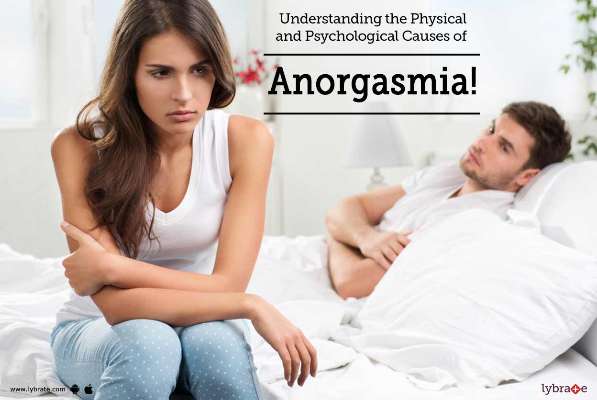
ANORGASMIA
Anorgasmia is the medical term for regular difficulty reaching orgasm after ample sexual stimulation, causing you personal distress. Anorgasmia is a common occurrence, affecting a significant number of women.
Orgasms vary in intensity, and women vary in the frequency of their orgasms and the amount of stimulation necessary to trigger an orgasm. In fact, most women don't consistently have orgasms with vaginal penetration alone. Plus, orgasms often change with age, medical issues or medications you're taking.
If you're happy with the climax of your sexual activities, there's no need for concern. However, if you're bothered by lack of orgasm or the intensity of your orgasms, talk to your doctor about anorgasmia. Lifestyle changes and sex therapy may help.
An orgasm is a feeling of intense physical pleasure and release of tension, accompanied by involuntary, rhythmic contractions of your pelvic floor muscles. But it doesn't always look — or sound — like it does in the movies. The way an orgasm feels varies from woman to woman, and in an individual woman, it may even differ from orgasm to orgasm.
By definition, the major symptoms of anorgasmia are inability to experience orgasm or long delays in reaching orgasm. But there are different types of anorgasmia:
- Lifelong anorgasmia: This means you've never experienced an orgasm.
- Acquired anorgasmia: This means you used to have orgasms, but now experience difficulty reaching climax.
- Situational anorgasmia: This means you are able to orgasm only during certain circumstances, such as during oral sex or with a certain partner. Most women can't reach orgasm through vaginal penetration alone.
- Generalized anorgasmia: This means you aren't able to orgasm in any situation or with any partner.
Talk to us if you have questions about orgasm or concerns about your ability to reach orgasm.
